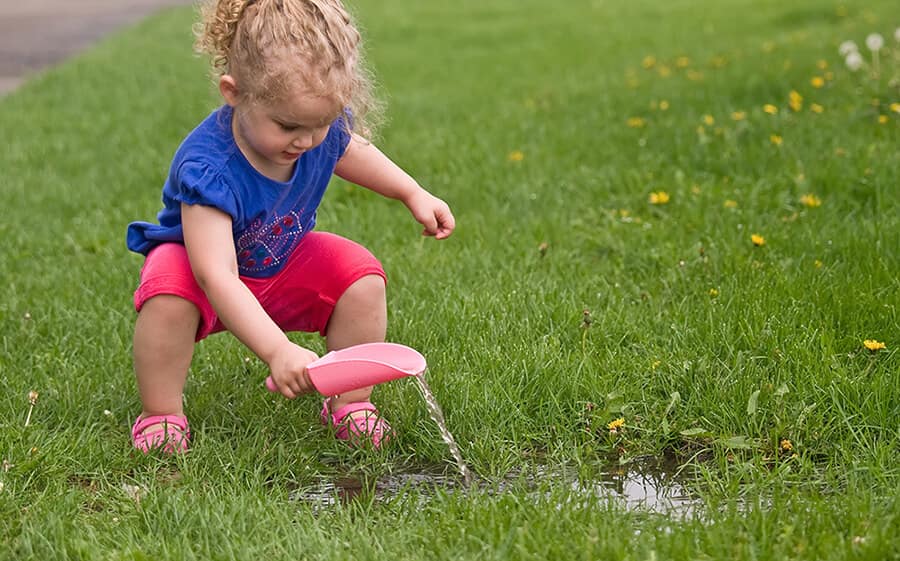Explaining the Six Most Common Causes of Home Water Leaks
Explaining the Six Most Common Causes of Home Water Leaks
Blog Article
Were you on the lookout for tips around How Fast Water Damage Can Ruin Your Home?
Leakages not just trigger waste of water but can also create unnecessary damages to your house and advertise unwanted natural development. By looking as well as understanding for day-to-day circumstances that cause leakages, you can safeguard your home from future leaks and unneeded damage.
Elbowing in roots
Most water leakages start outside your home rather than inside it. If you observe a sudden decline in water pressure, claim in your tap, take some time to go out as well as examine your lawn. You might observe wet spots or sinkholes in your yard, and that could imply that tree origins are invading water lines creating water to seep out. You can have your plumber check for breach, especially if you have trees or hedges near your home.
Rusty water supply
As time passes by, your plumbing system ages as well as rust such as corrosion may begin eating away the pipes. This may be the cause of staining or warping on your water pipes. This requires an evaluation with your plumber right away. Take into consideration changing the pipelines because they are at a higher threat of deterioration than the newer versions if our plumbing system is old.
Defective Pipe Joints
The point at which your pipes link is often the weakest web link in the waterline. Pipeline joints can degrade with time, causing water leakages. However, most of pipeline joints are not conveniently noticeable. If you have loud pipelines that make ticking or banging sounds, specifically when the warm water is switched on, your pipeline joints are most likely under a lot of pressure. It is recommended to have your plumber examine your system once a year.
Instant temperature level adjustments.
Severe temperature level adjustments in our pipelines can trigger them to broaden and contract all of a sudden. This development as well as tightening might trigger fractures in the pipes, especially if the temperature are below freezing. If you kept an eye on how your plumbing functions, it would certainly be best. The presence of the formerly pointed out situations frequently shows a high danger.
Poor Water Connectors
At times, a leakage can be caused by loose tubes as well as pipelines that supply your home appliances. In case of a water connections leakage, you might discover water running straight from the supply line or puddles around your home appliances.
Obstructed Drains
Clogged drains pipes could be bothersome and also inconveniencing, but they can often wind up causing an overflow causing burst pipelines. Maintain removing any materials that might drop your drains that might obstruct them to stay clear of such hassles.
All the above are sources of leakages but not all water leaks arise from plumbing leakages; some leaks might originate from roof leakages. All leakages need to be fixed promptly to avoid water damages.
Leakages not just trigger waste of water yet can also create unnecessary damage to your house and also advertise undesirable natural growth. By recognizing as well as looking for day-to-day circumstances that create leakages, you can safeguard your residence from future leaks and unneeded damage. Today, we will look at six leak triggers that may be triggering your pipes to drip.
At times, a leak can be caused by loose pipes as well as pipelines that provide your appliances. In situation of a water links leak, you may observe water running straight from the supply line or puddles around your appliances.
How To Check For Water Leak In Your Home
How To Check for Leaks
The average household's leaks can account for nearly 10,000 gallons of water wasted every year and ten percent of homes have leaks that waste 90 gallons or more per day. Common types of leaks found in the home are worn toilet flappers, dripping faucets, and other leaking valves. These types of leaks are often easy to fix, requiring only a few tools and hardware that can pay for themselves in water savings. Fixing easily corrected household water leaks can save homeowners about 10 percent on their water bills.
To check for leaks in your home, you first need to determine whether you're wasting water and then identify the source of the leak. Here are some tips for finding leaks:
Take a look at your water usage during a colder month, such as January or February. If a family of four exceeds 12,000 gallons per month, there are serious leaks.
Check your water meter before and after a two-hour period when no water is being used. If the meter changes at all, you probably have a leak.
Identify toilet leaks by placing a drop of food coloring in the toilet tank. If any color shows up in the bowl after 10 minutes, you have a leak. (Be sure to flush immediately after the experiment to avoid staining the tank.)
Examine faucet gaskets and pipe fittings for any water on the outside of the pipe to check for surface leaks.
Undetected water leaks can happen without the home or business owner even realizing. If you suspect a water leak, but not able to find the source. It is time to contact a professional water leak detection service, The Leak Doctor.
How To Find a Water Leak In Your Home
https://www.leakdoctor.com/blog/How-To-Check-For-Water-Leak-In-Your-Home_AE197.html

Hopefully you liked our excerpt about Common Water Leaks In House. Thank you so much for taking time to read through our piece of content. You should take the opportunity to share this blog posting if you enjoyed it. Thanks so much for going through it.
Request A Quote Report this page